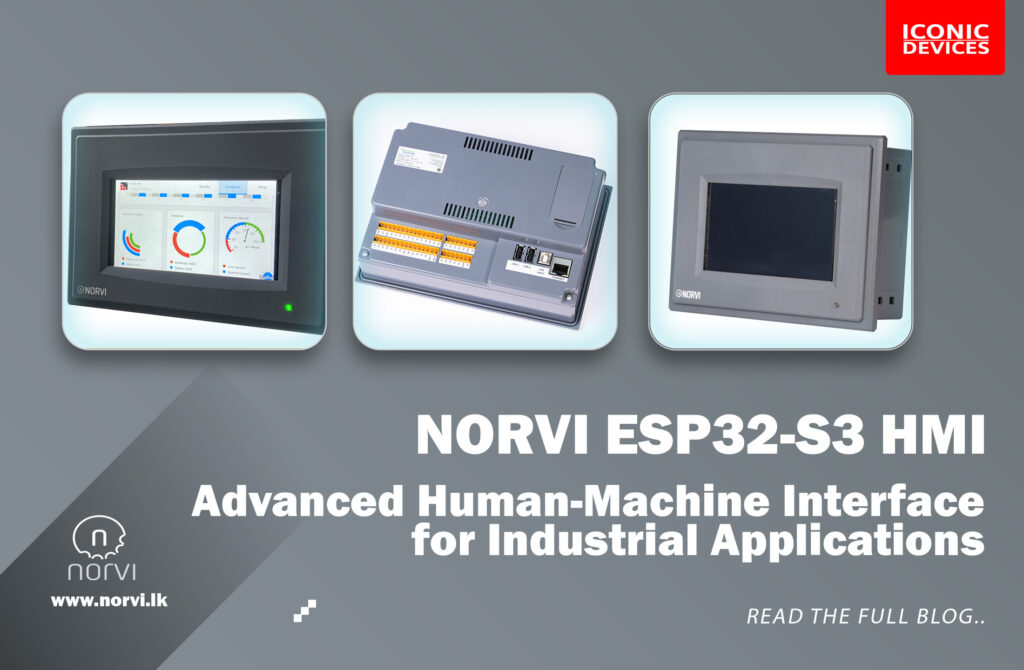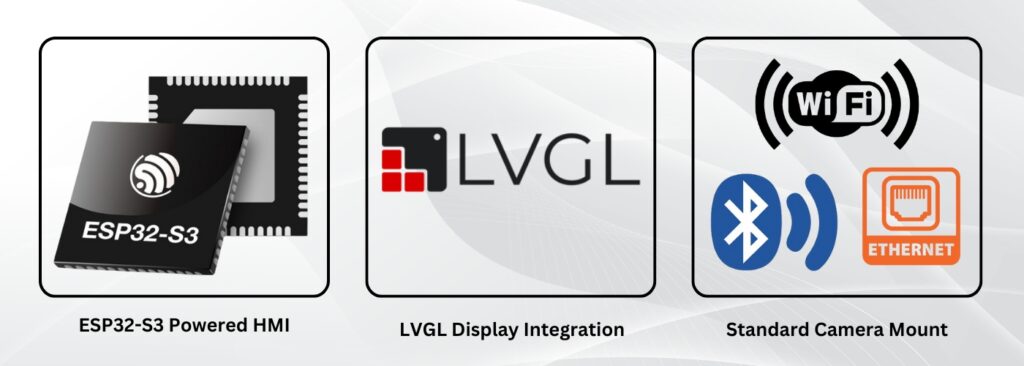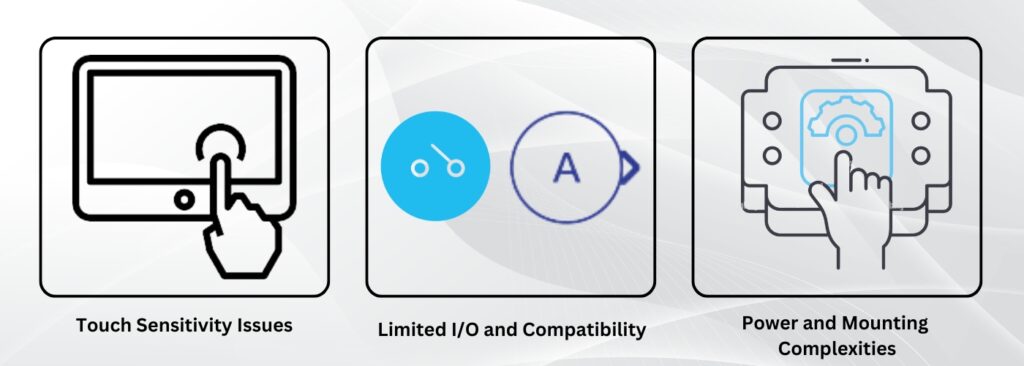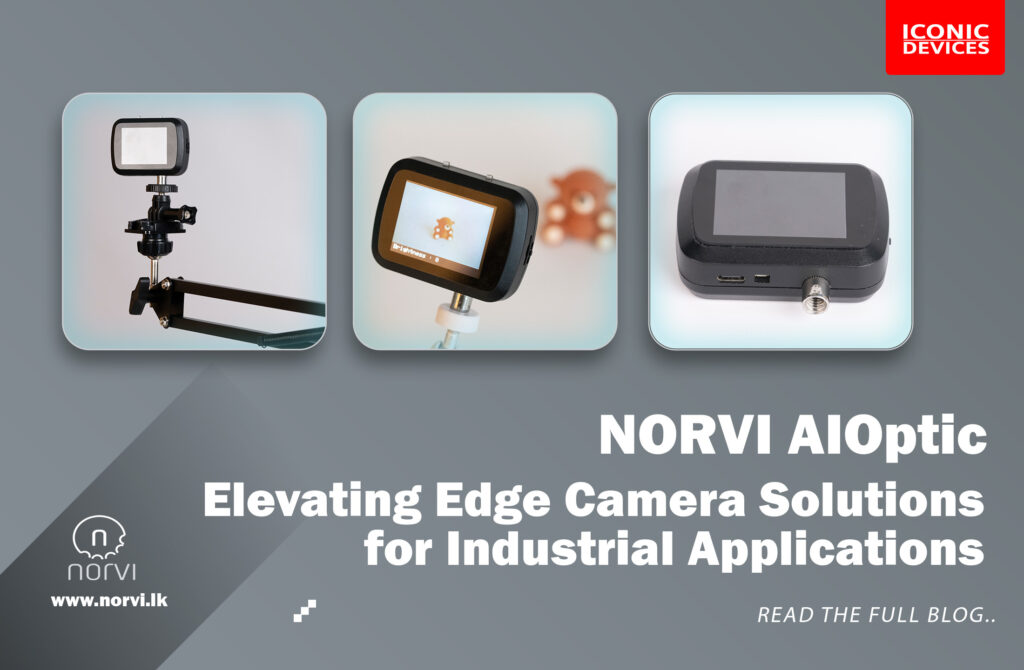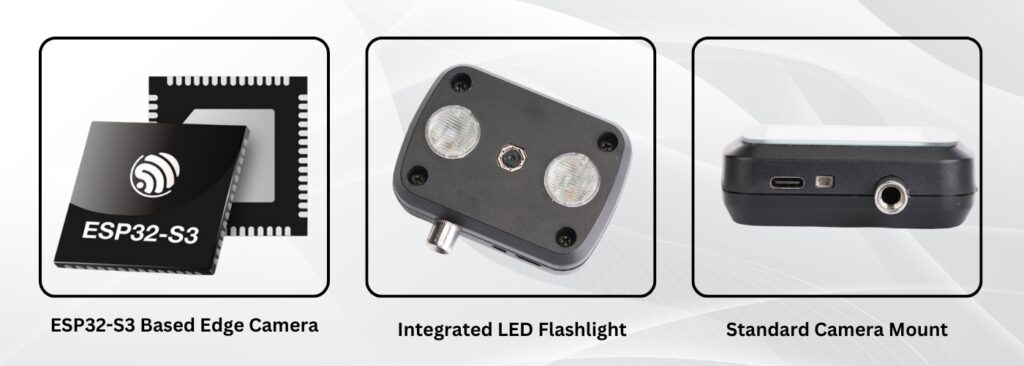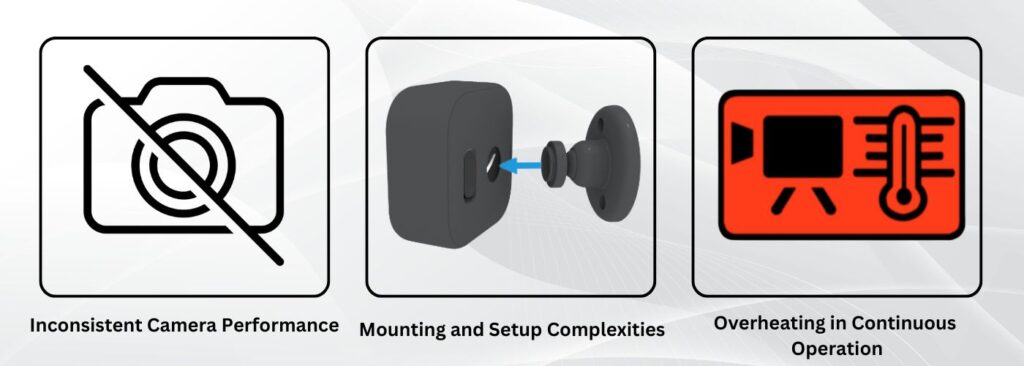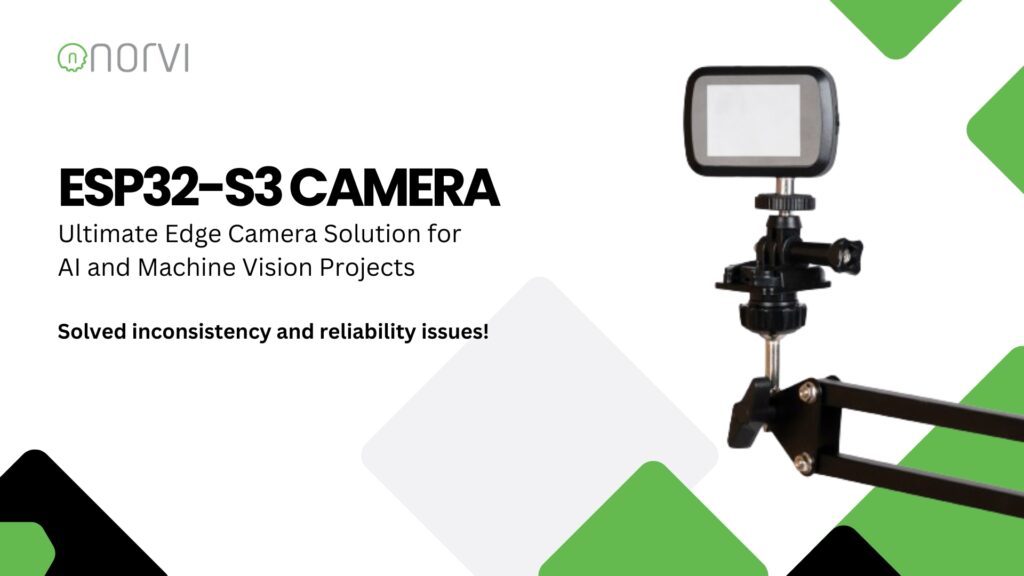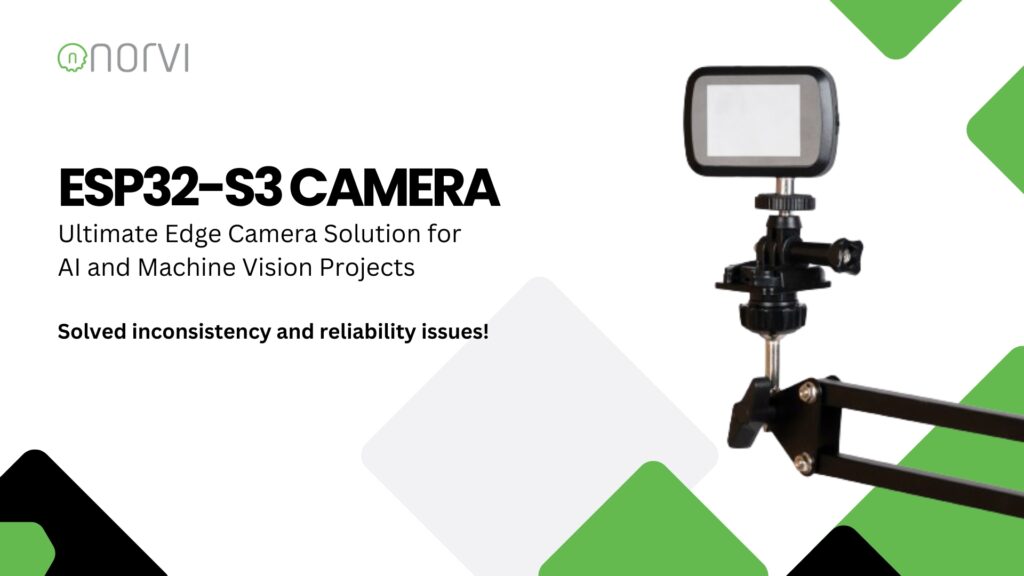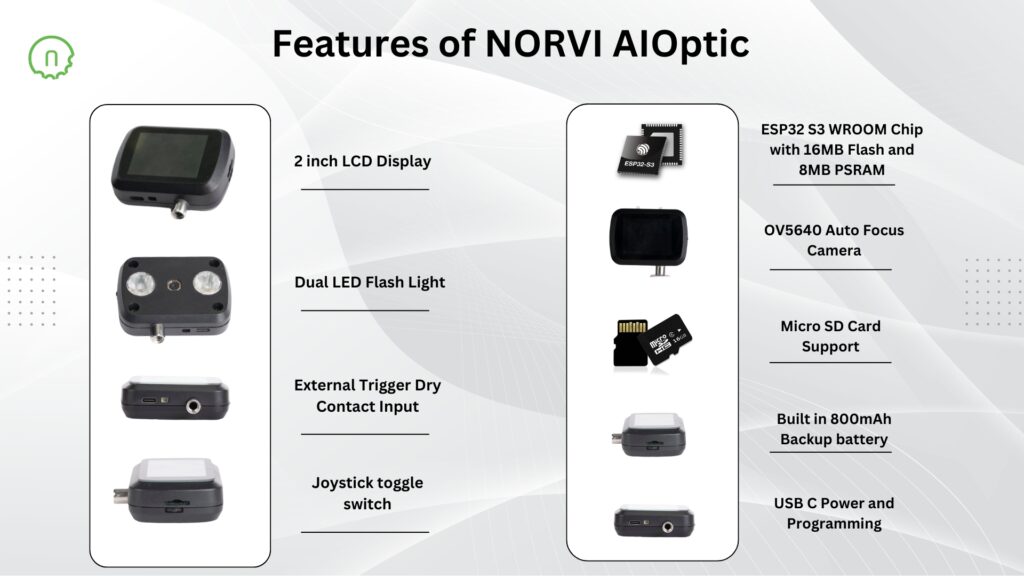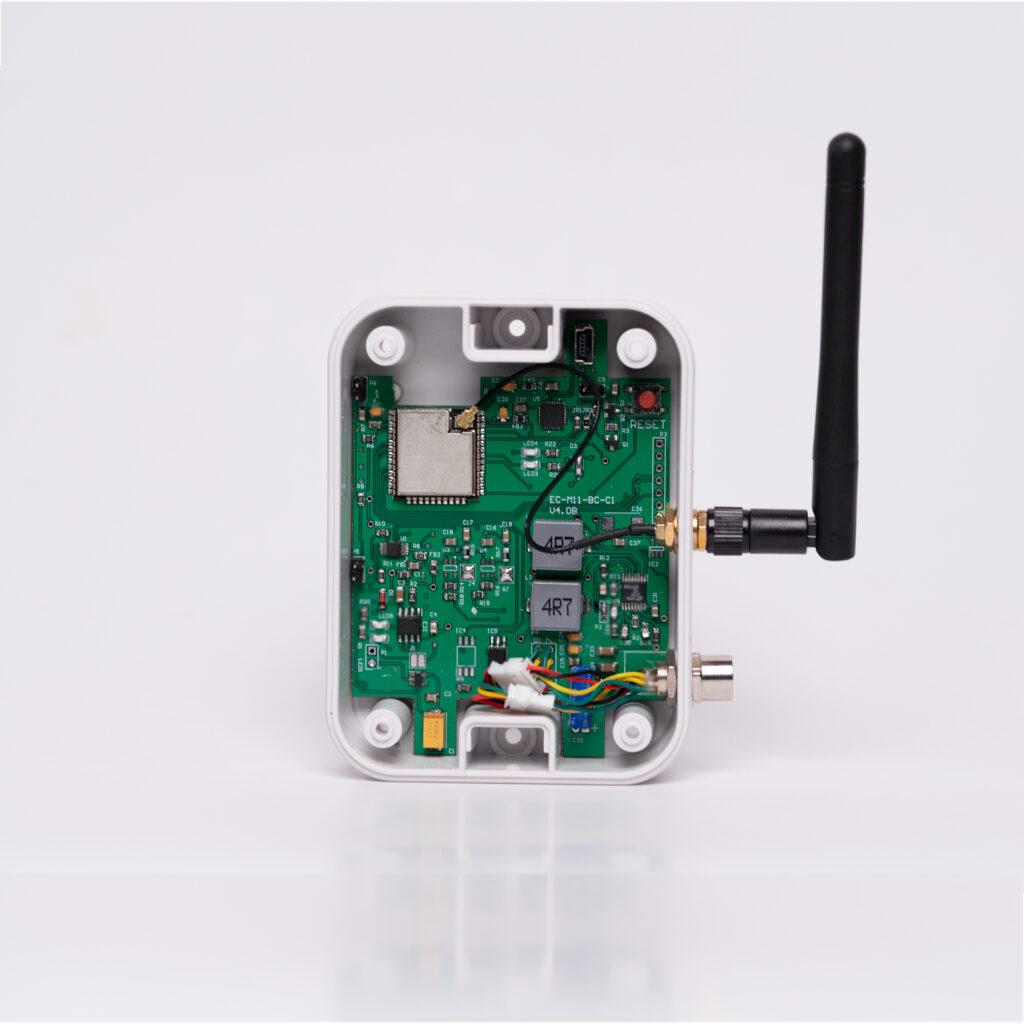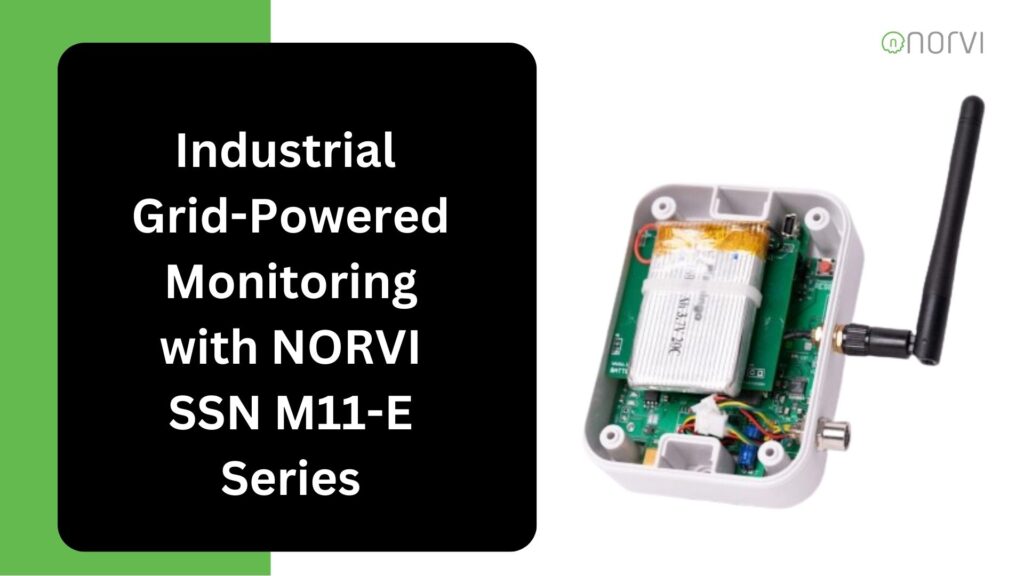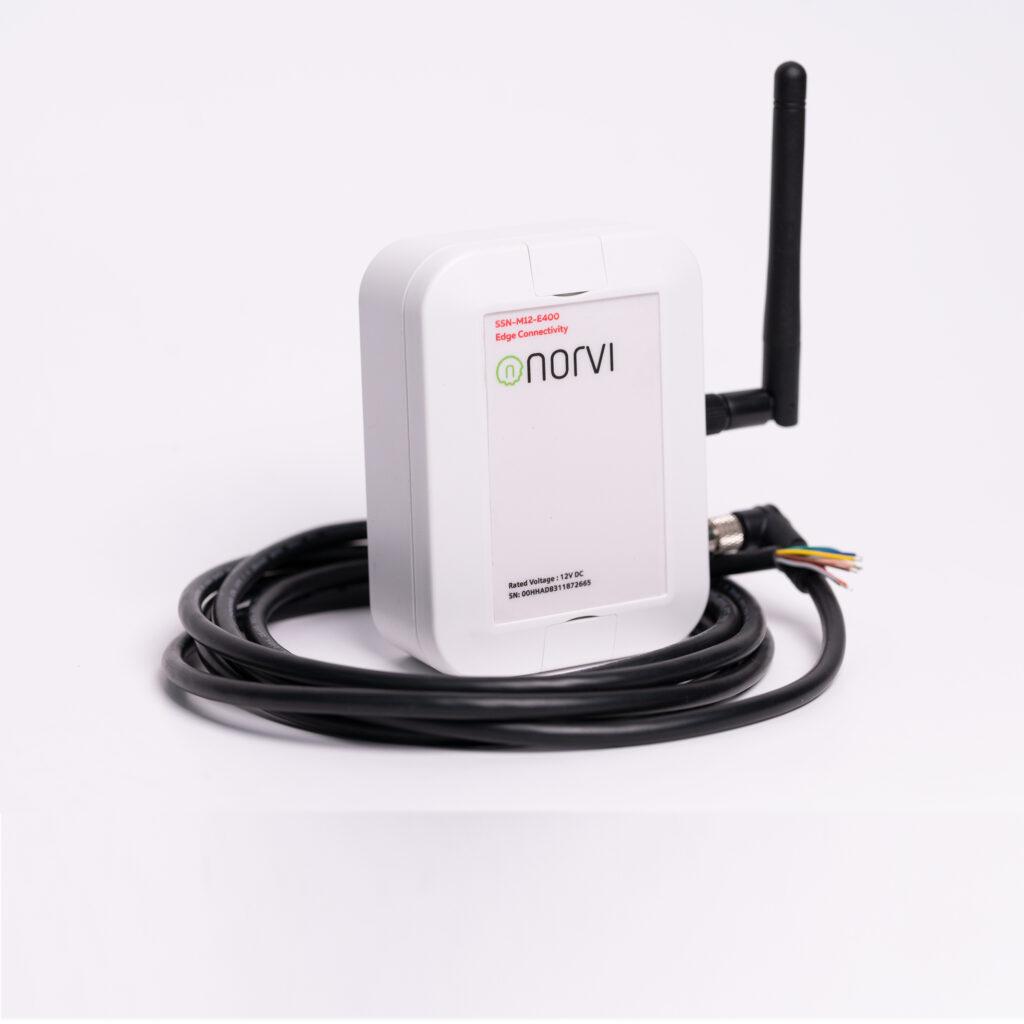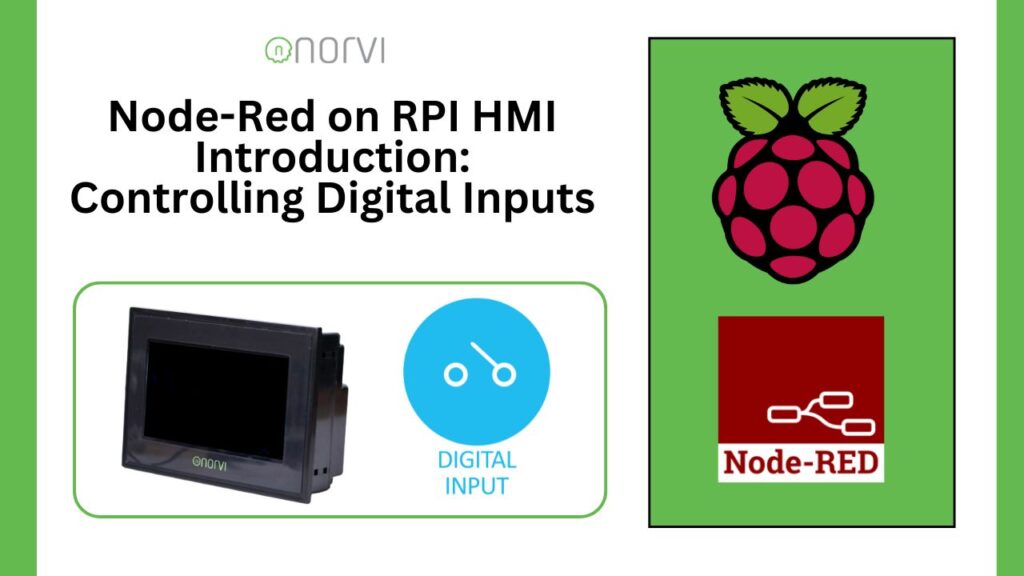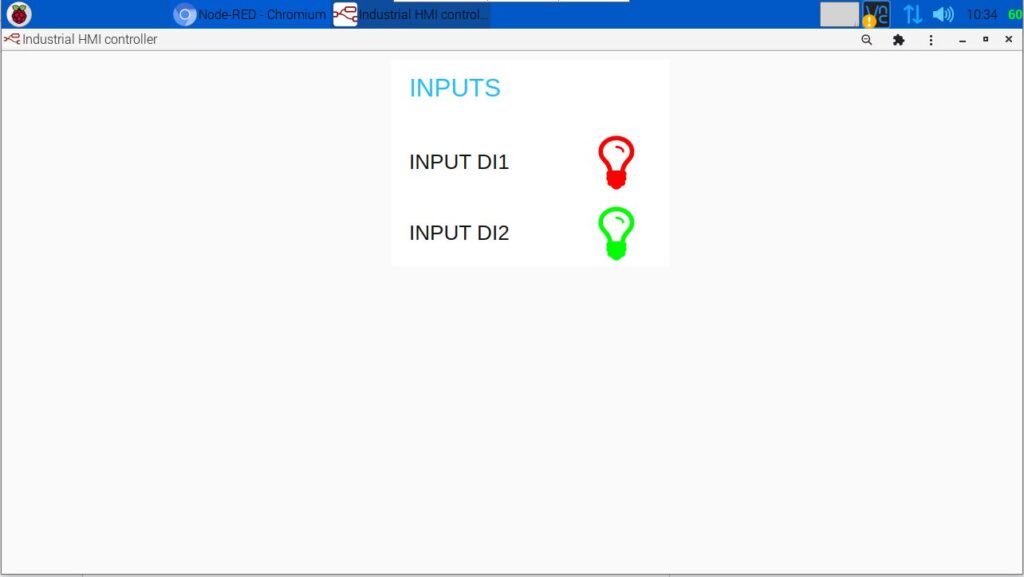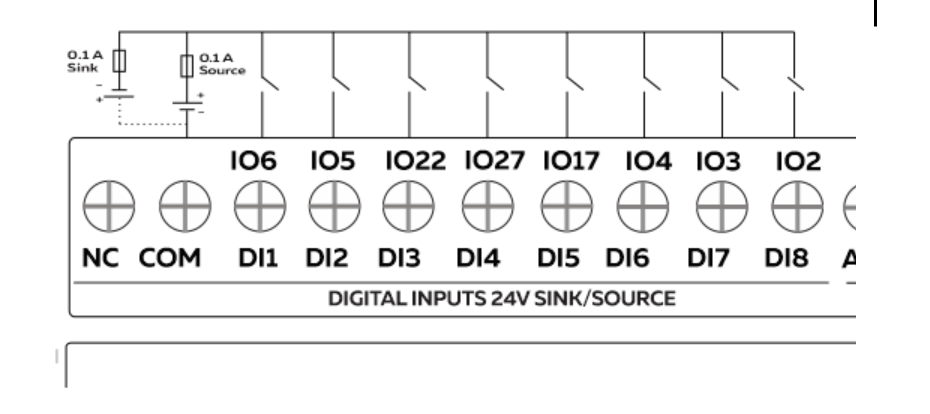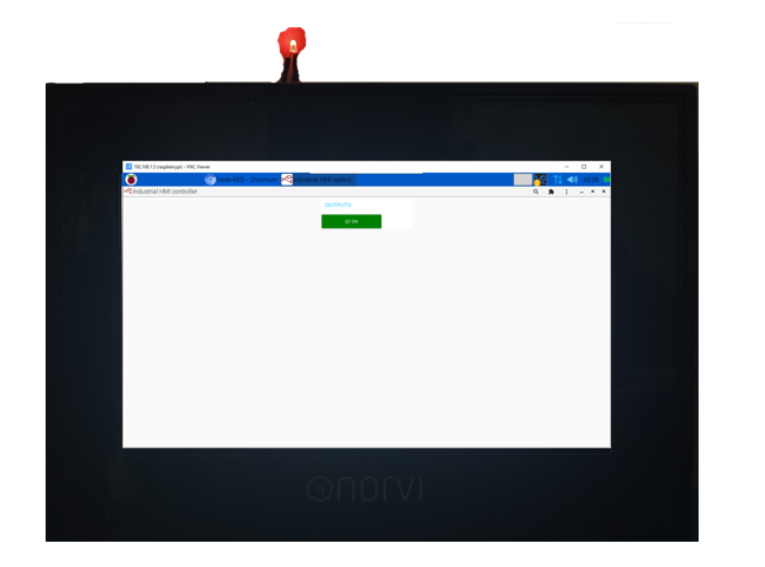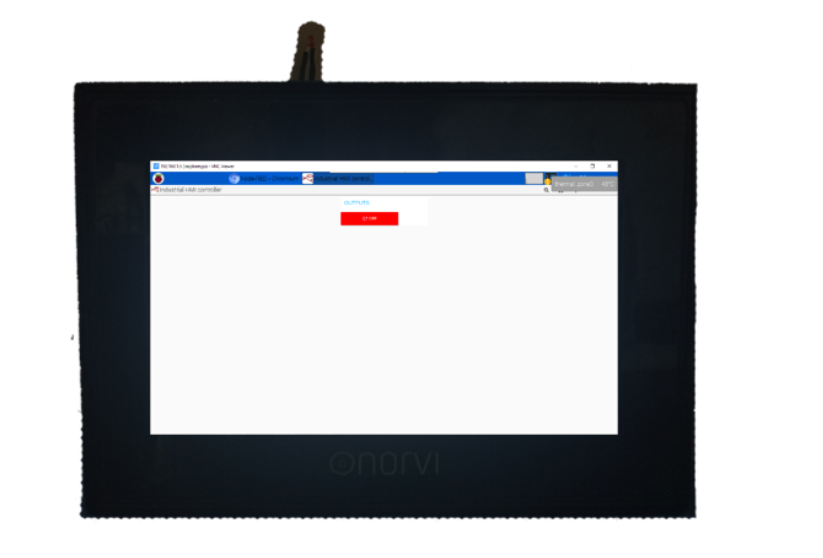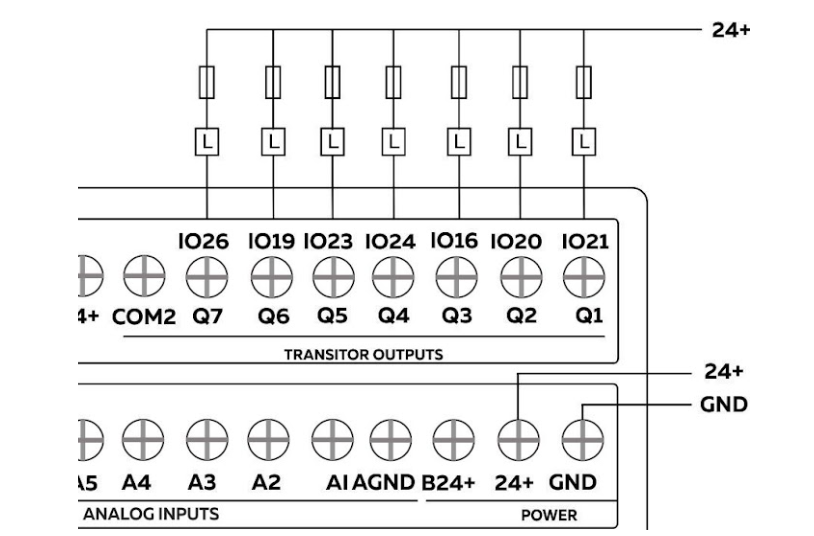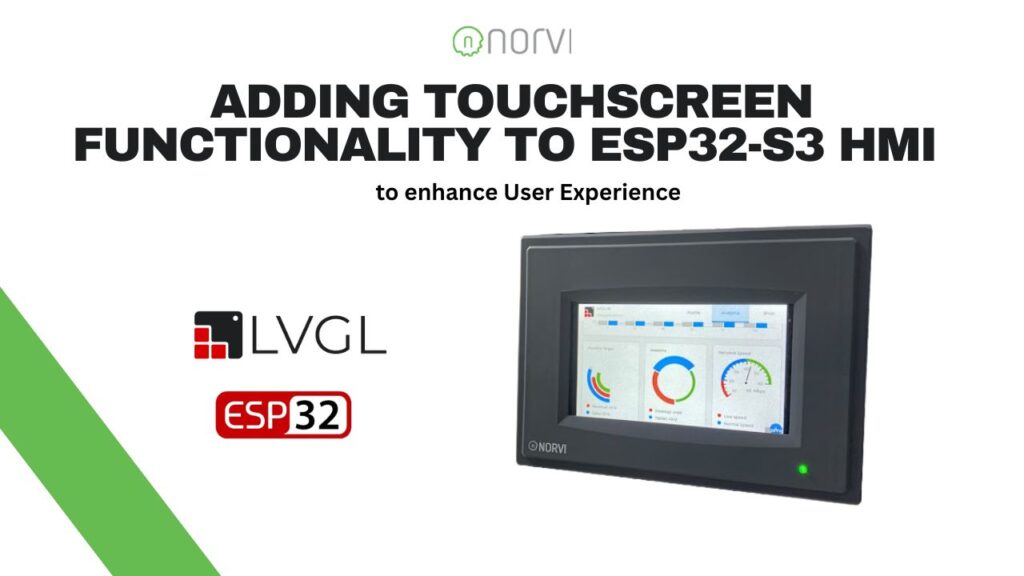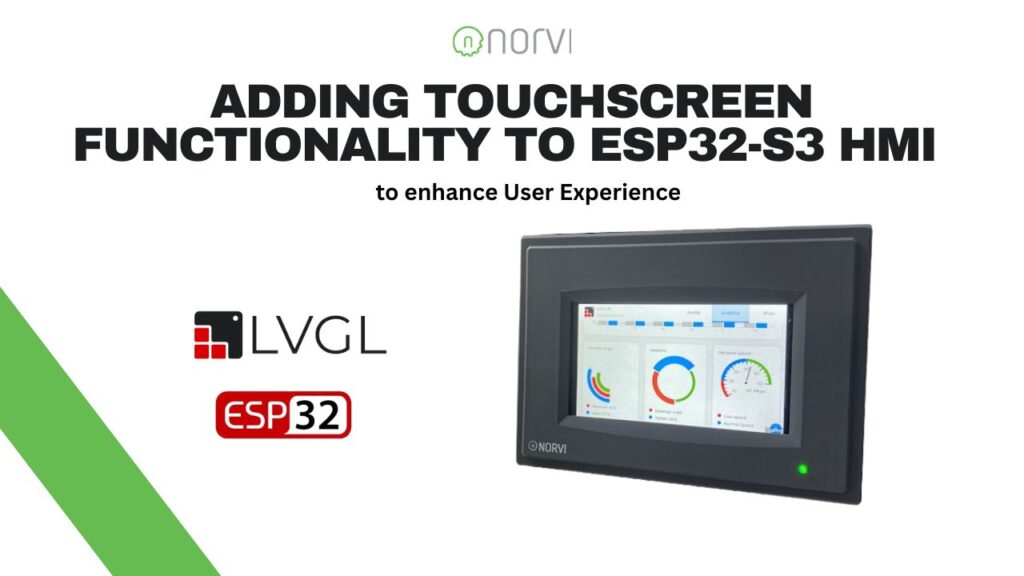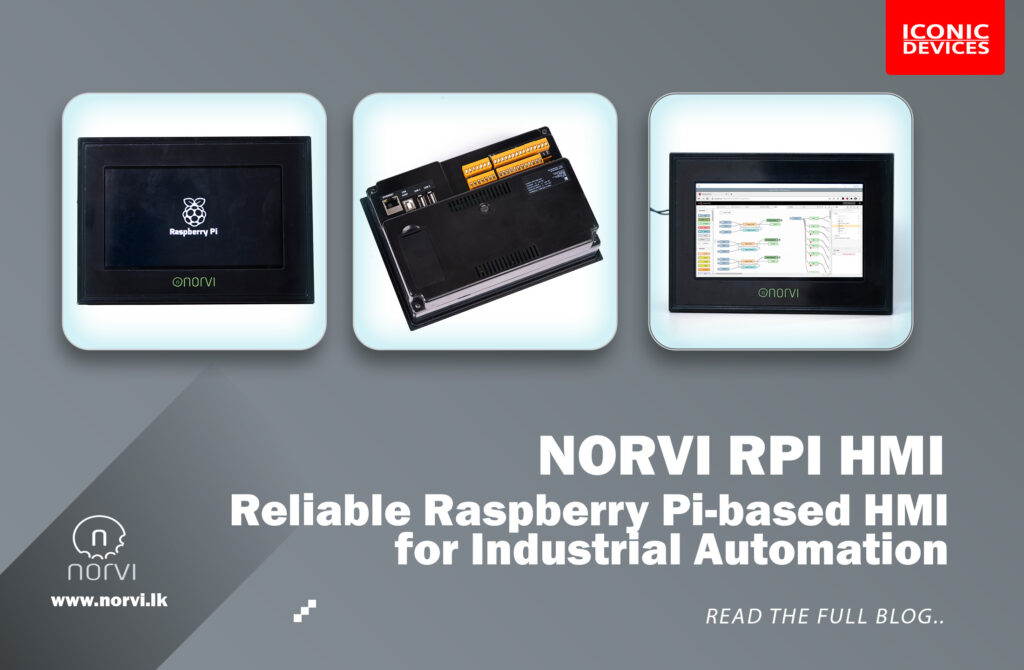
The NORVI RPI Industrial Controller offers a versatile, Raspberry Pi-based Human-Machine Interface (HMI) tailored for industrial automation engineers. Combining the flexibility of Raspberry Pi with the ruggedness required for industrial environments, the NORVI RPI HMI delivers a powerful control system that’s easy to deploy and scale.
Key Features of NORVI RPI HMI
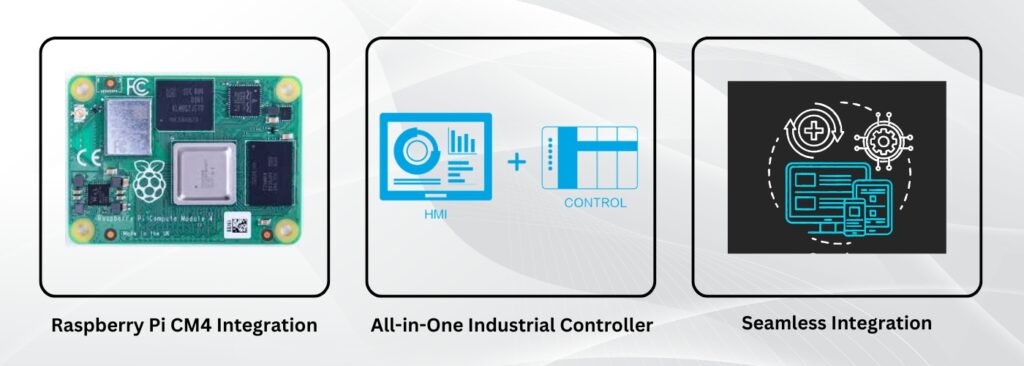
- Raspberry Pi Integration:
By incorporating Raspberry Pi CM4 into an industrial-grade HMI, the NORVI RPI HMI gives engineers a cost-effective, high-performance control system that supports both data acquisition and real-time process control.
- All-in-One Industrial Controller:
The NORVI RPI HMI combines control, data collection, and connectivity into a single device, streamlining industrial processes for engineers. It features digital and analog inputs for full control over sensors and actuators.
- Seamless Integration:
With industrial communication protocols built-in, the NORVI RPI HMI integrates effortlessly into existing systems, allowing engineers to enhance their automation setups without compatibility issues.
Solving Key Automation Challenges
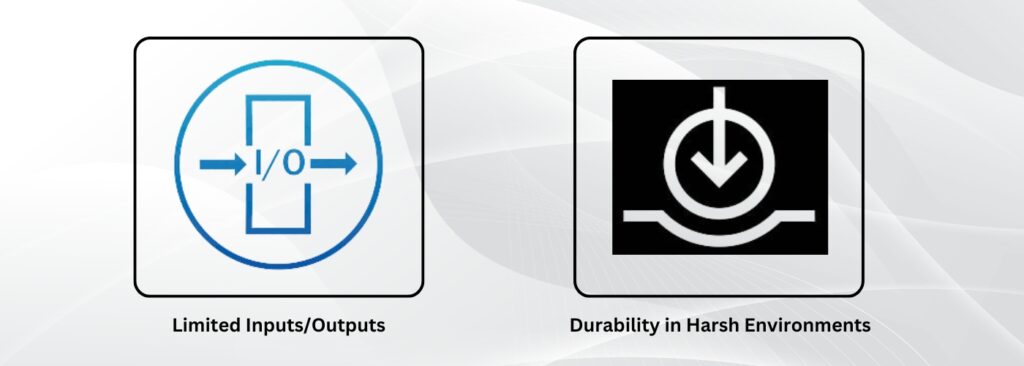
- Limited Inputs/Outputs:
The NORVI RPI HMI provides engineers with the expanded I/O capabilities necessary for complex automation tasks, unlike many Raspberry Pi-based controllers with limited inputs and outputs.
- Durability in Harsh Environments:
Built for industrial settings, this HMI handles the power and environmental demands that engineers often face when deploying Raspberry Pi in critical operations.
Visit the product Page: https://norvi.lk/product/norvi-rpi-based-industrial-hmi/
Contact Us: https://norvi.lk/contact-us/

